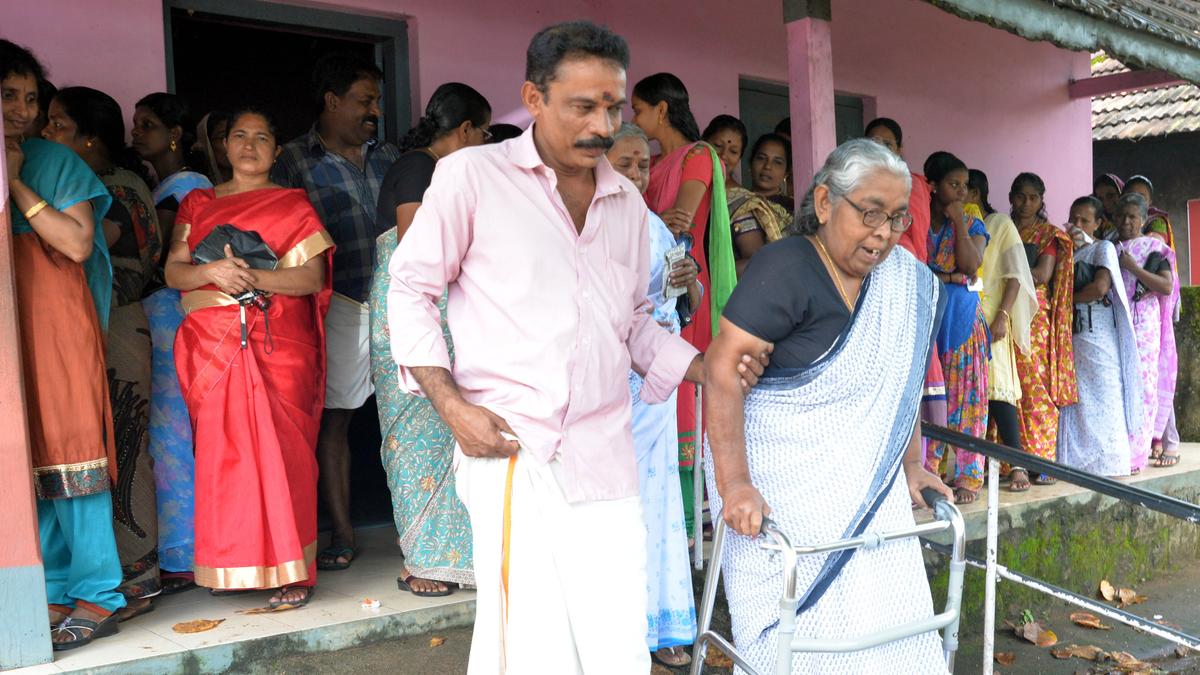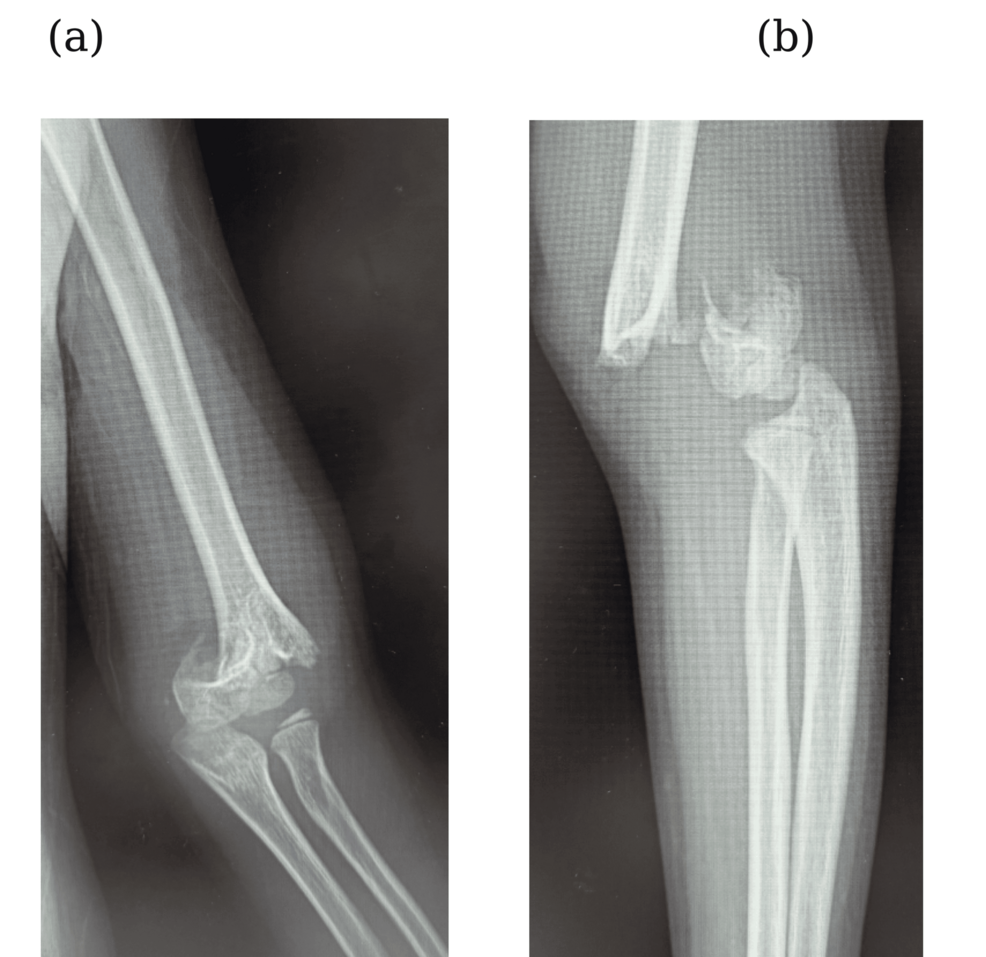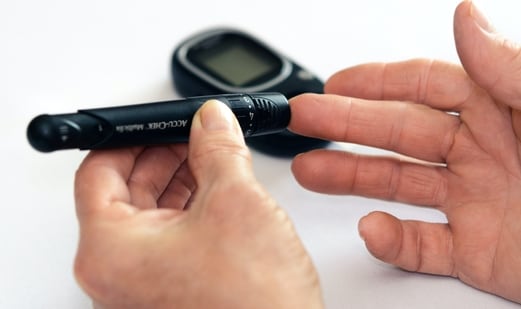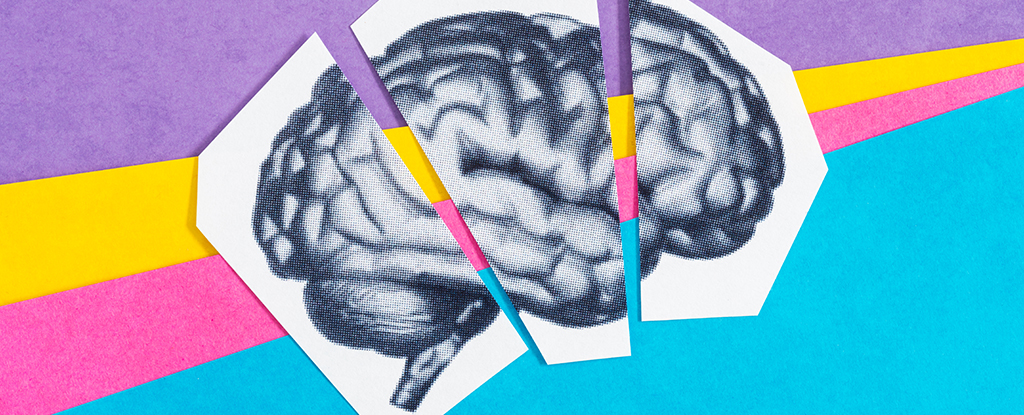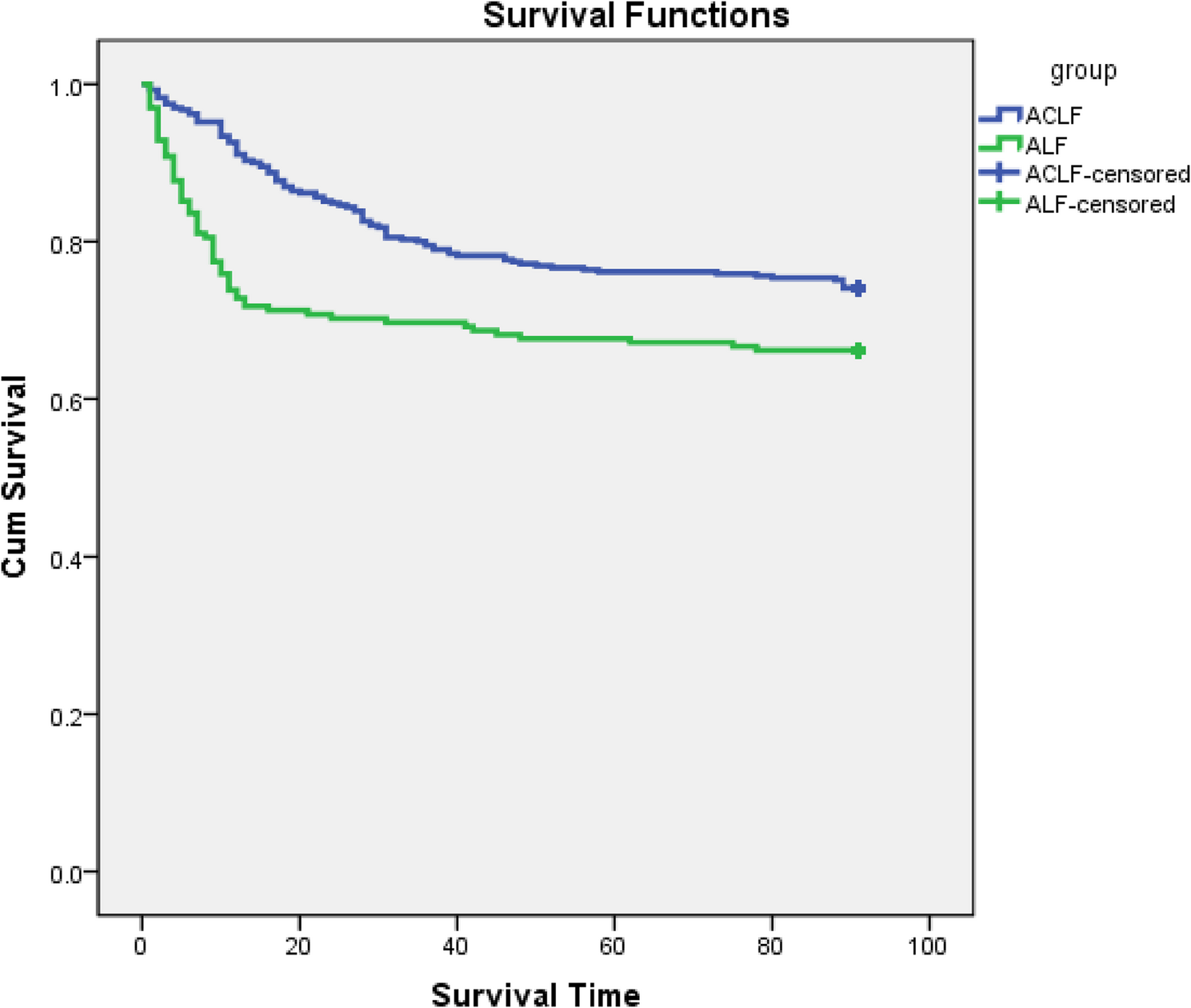Despite rising life expectancy, a study out of Mayo Clinic reveals widening health gaps shaped by distinct disease patterns, warning that longer lives are not necessarily healthier ones.
Study: Healthspan-lifespan gap differs in magnitude and disease contribution across world regions. Image Credit: Oleg Troino / Shutterstock
In a recent study published in the journal Communications Medicine, researchers Armin Garmany and Andre Terzic at the Mayo Clinic in the USA mapped the healthspan-lifespan gap across world regions and identified gap-associated indicators.
Human life expectancy continues to increase, surpassing previously established longevity ceilings. However, life expectancy gains have not been matched with equivalent healthy longevity gains, leading to a healthspan-lifespan gap, which is the difference between lifespan (the number of years lived) and healthspan (the number of years lived in good health). Mapping the healthspan-lifespan gap is particularly relevant in the context of socioeconomic, geographic, and health inequity.
About the study
In the present study, researchers mapped the healthspan-lifespan gap by world regions and identified gap-associated economic, health, and demographic indicators. The analysis covered 183 WHO member states (2000–2019). Life expectancy data were used from the World Health Organization (WHO) Global Health Observatory (GHO) from 2000 to 2019. World regions and states were defined per the WHO classification scheme.
The healthspan-lifespan gap was estimated as the difference between life expectancy at birth and health-adjusted life expectancy (HALE) at birth. HALE reflects time lived in full health based on disability weights, which the authors shorthand as “years lived free from disease.” GHO estimates of years lived with disability were used to calculate morbidity burden. Mortality burden was estimated as years of life lost per 100,000 persons. Health, demographic, and economic indicators were obtained from the WHO GHO, Global Health Expenditure Database, and United Nations World Population Prospects.
Demographic indicators included median age, life expectancy, population size, birth rate, population density, death rate, and rate of natural change. Economic indicators were healthcare expenditure per capita and gross domestic product (GDP). Health indicators included noncommunicable diseases (NCDs), injuries, total morbidity burden, and communicable, maternal, perinatal, and nutritional conditions (CMPNs).
Linear regression was used to examine associations between these indicators and the healthspan-lifespan gap. The authors also employed dimensionality reduction (principal component analysis), unsupervised clustering (k-means), and supervised classification (random forest) to identify disease-burden patterns associated with the gap. A spatial error model was applied to adjust for geographic proximity as a potential confounder. Furthermore, a multivariate model was developed to predict the healthspan-lifespan gap using these indicators. Gap deviation from the multivariate regression estimate was quantified to assess member state performance in each region. Further, regression models were developed to project the healthspan-lifespan gap from actual life expectancy values over the past two decades.
Findings
The median life expectancy was 73.7 years across WHO member states. The median lifespan was the lowest in Africa (64.1 years) and the highest in Europe (78.6 years). The average ages were 75.9, 73.9, 72.6, and 70.4 years in the Americas, Eastern Mediterranean, South-east Asia, and Western Pacific, respectively. The median health-adjusted life expectancy (years lived free from disease) was 64.5 years.
Consistently, the median healthspan was the highest in Europe (68.8 years) and lowest in Africa (55.6 years). It was 62.1 years in the Western Pacific, 63.4 years in South-east Asia, 64 years in the Eastern Mediterranean, and 65.8 years in the Americas. Globally, the median healthspan-lifespan gap was 9.1 years, ranging between 6.5 years in Lesotho and 12.4 years in the United States (US).
The median healthspan-lifespan gap in Africa (8.3 years) and the Western Pacific (8.4 years) was smaller than in Europe (9.9 years), the Americas (9.6 years), South-east Asia (9.6 years), and the Eastern Mediterranean (9.8 years). The median life expectancy-adjusted healthspan-lifespan gap (LEA-GAP), i.e., the percentage of lifespan compromised by disease, was 12.7%, ranging from 10.5% in the Democratic People’s Republic of Korea to 15.8% in the US.
Per region, the median LEA-GAP was 12.4% in Europe, 12.9% in the Americas and Africa, 13.3% in the Eastern Mediterranean, and 11.8% in the Western Pacific. Further, life expectancy, NCD burden, and GDP consistently correlated with the healthspan-lifespan gap. Globally, NCDs accounted for 56% to 90% of the total disease burden, whereas CMPNs and injuries accounted for 3% to 37% and 4% to 18%, respectively.
NCD contribution to disease burden was the lowest in Africa (68%) and the highest in the Americas (84%). The lowest contribution from CMPNs was noted in Europe (5%), and the highest was observed in Africa (27%). The contribution from injuries was also the lowest in Africa (5%) and the highest in Europe (11%). Over the past two decades, NCDs, injuries, and communicable diseases have shown a mean change of 3%, -0.4%, and -3% in their contribution to the total disease burden, respectively.
Further, the global median healthspan-lifespan gap increased from 8.4 years to 9.1 years over the past two decades, growing at a median rate of 0.05 years per annum. Africa showed the fastest gap growth rate at ~0.07 years per year, followed by South-East Asia (~0.06), Eastern Mediterranean and Europe (~0.05), Western Pacific (~0.03), and the Americas (~0.03). By 2100, the median healthspan-lifespan gap was projected to increase by 22% worldwide. It was predicted to reach 12.1 years in the Americas and Eastern Mediterranean, 11.7 years in Europe, 11 years in Western Pacific, 10.5 years in South-east Asia, and 10.1 years in Africa by the turn of the next century.
Sixty-one countries had gaps larger than predicted by life expectancy, GDP, and NCD burden, with Africa over-represented. Fifty-eight had smaller-than-predicted gaps, with Europe over-represented. These patterns persisted after spatial adjustment.
Unsupervised clustering identified three morbidity patterns with distinct median gaps: Cluster 1 (nutritional, infectious, neonatal, maternal prominence) ~8.3 years, concentrated in Africa; Cluster 2 (sense organ, diabetes, genitourinary prominence) ~9.4 years, spanning multiple regions; Cluster 3 (malignancy, cardiovascular, musculoskeletal, neurological prominence) ~10.3 years, concentrated in Europe. Mental and substance use disorders were over-represented across all regions but did not drive regional segregation.
Conclusions
The healthspan-lifespan gap was universal, but varied in disease contribution and magnitude across the WHO’s world regions. GDP, life expectancy, and NCD burden consistently correlate with the gap. Africa exhibited a shorter healthspan and lifespan, resulting in a narrower gap. However, Africa exhibited the fastest widening of the gap. The authors caution against global generalization, noting that “identities” of gaps arise from distinct disease-burden patterns. They call for region-informed, disease-pattern-aware solutions to narrow the widening gap.
The authors also acknowledged limitations, including reliance on HALE estimates derived from disability weights that may vary by setting, and the inability to allocate the gap to specific ages within the lifespan.

